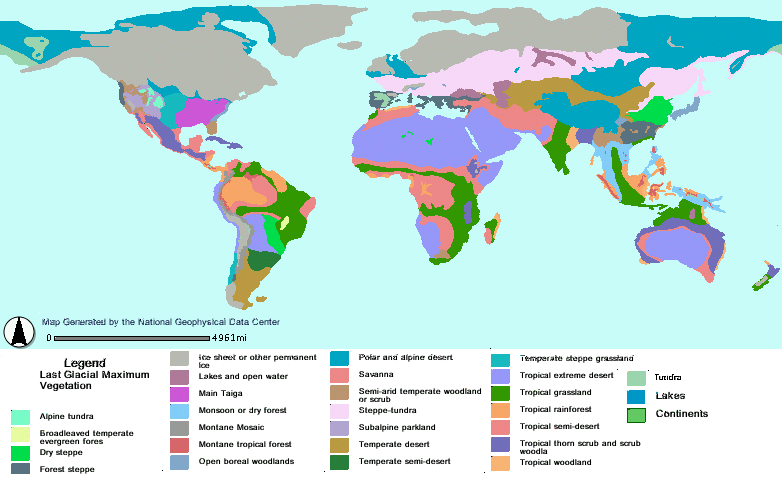Prologue: For Want of a Worm
Great Rift Valley, 3.2 Million Years Ago (OTL chronology):
A tiny insect buzzes about the head of the large Australopithecus female. She swats at it as it tries to land on her, but even though the insect seems slow, she just can’t quite hit it. Little does she know, this small creature is the last of its kind.
Around 30 years earlier, about a lifetime to the female but untold generations to the insect, a small, seemingly insignificant change occurred. Not to either the insect or the female, but to a protist, a microscopic worm-looking creature inside the ancestors of the insect. The creature is a parasite that lives inside the insect’s stomach, using it as a means of transportation. Once the creature reaches its destination, it begins to infect the new host, an attack which is frequently lethal. In our timeline, this protist will come to be known as Malaria, and by the speculation of some scientists, it will cause half of all human death throughout history. In this timeline, the African population of it has mutated, and is no longer harmless to its mosquito host. 30 years ago, the African mosquito population teemed into uncountable trillions. Now, it has been reduced to one.
The tiny insect lands on the small of the female’s back, a place where she cannot reach. It sticks its long proboscis into her skin, and extracts a meal of blood; leaving behind a payload of microscopic worms. Sated, it takes off from her. The female spins around, and seeing the bloated bug, slaps it between her hands, squishing it. In our timeline, one day her bones will be dug up by scientists and named Lucy, and be called the missing link between apes and men, but in this timeline, she will be the last hominid to ever die of malaria.
Congo, 100,000 Years Ago (OTL chronology):
King Lu!Batay sailed down the mighty mother-river in his royal barge. The sweet smells of his kingdom’s orchards wafted through the air, signaling that the harvest time was near. A most glorious time to return from war, the king thought, and surely a sign of the stars’ blessing. His armies had triumphed over the armies of the eastern lands, and conquered the Otta-wo-Luku (Land of Lakes). It would make a fine addition to his empire.
As the barge neared the royal capitol, the king could begin to see his palace, a great pyramid, rising above the city below. If his census-takers were correct, his city was the very first in all of the world to hold a million people. A million, the king thought. Were every man, woman and child of the city a soldier, he could conquer the entire world.
The farms and orchards of his kingdom reaped a rich harvest, though far less than that of the rumored Nile kingdom to the north. The king had dismissed those reports as mere legend, that no land could ever be as bountiful as the Nile Delta had purported to be. Still, a million is a lot of mouths to feed. While gold and other such goods could be, and were, imported from the northwestern Desert kingdoms, food spoiled too easily for extensive shipping.
From his boat, the king could see peasants carrying sacks of food, their ration for the week. He prayed to the stars that the spring’s harvest would be bountiful, for the sake of his people. Perhaps, he thought, the rumors of the Nile may be worth investigating, lest the empire of a thousand years perish for want of an onion.
Empire of a Hundred Millennia:
an Alternate Rise of Civilization

an Alternate Rise of Civilization

Last edited:


